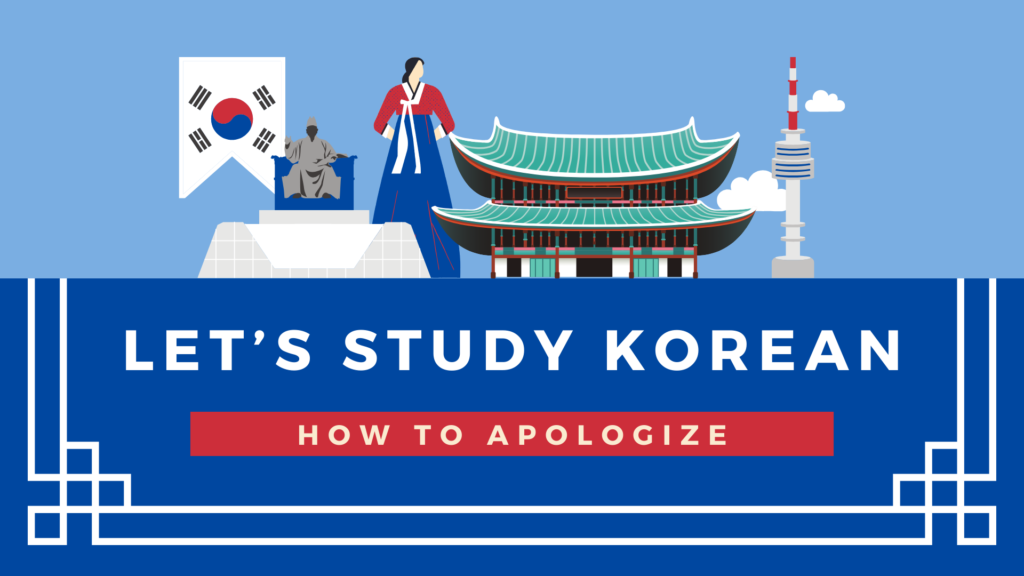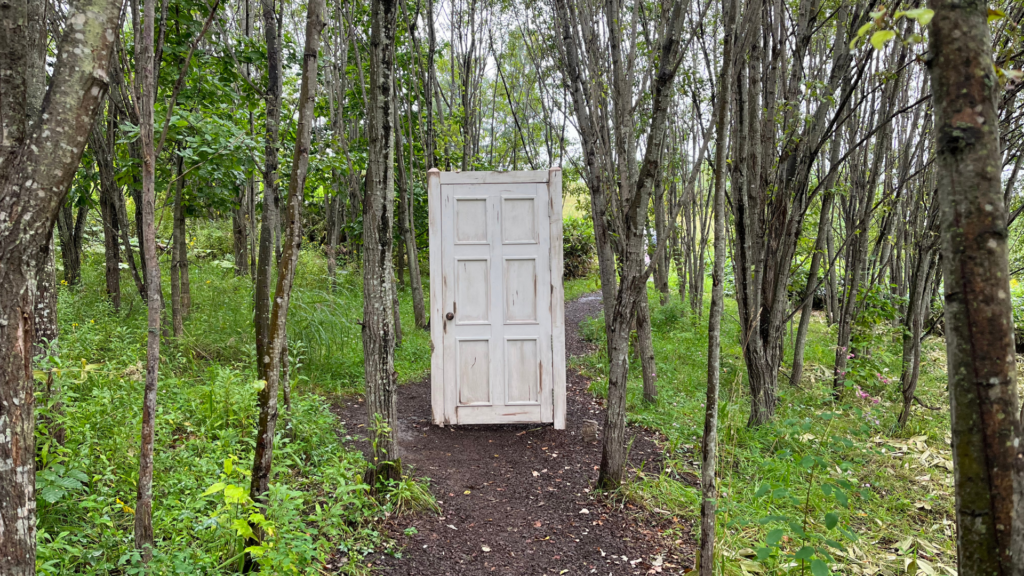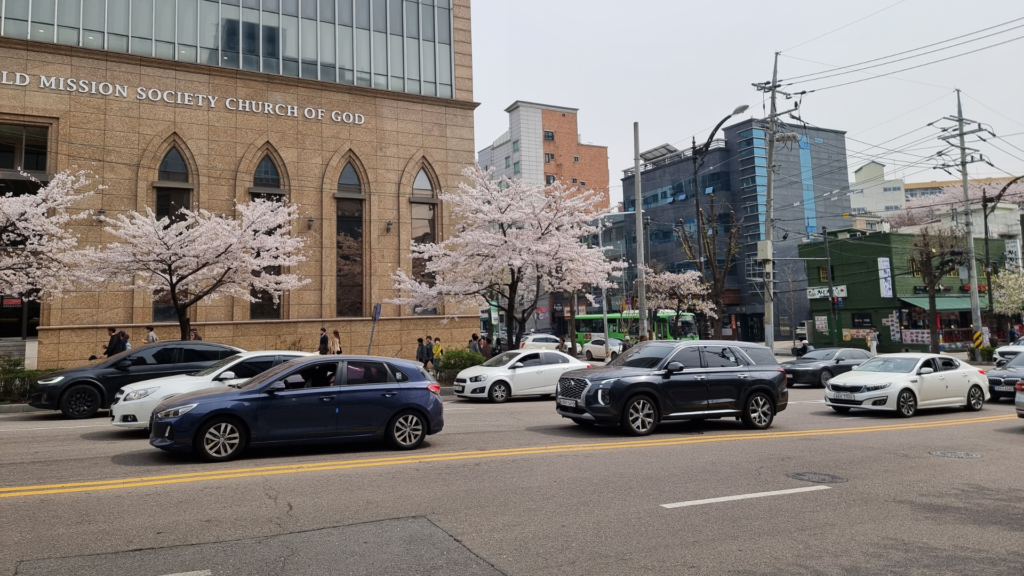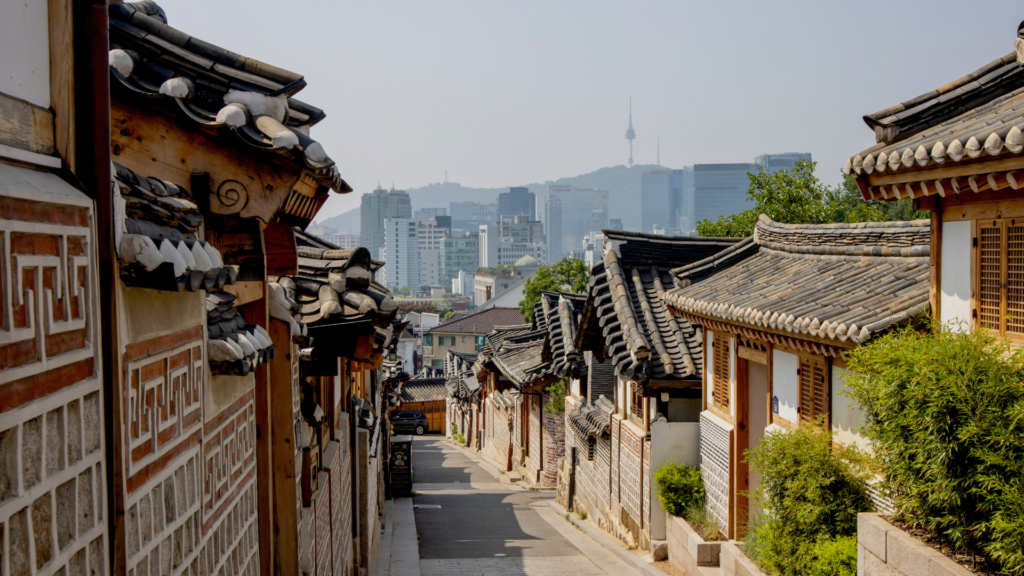Busan is the second largest city in South Korea and is a very popular destination to visit as there are many great places to see along the coastline. In this guide, we will go through some of the key things to do in Busan.
Things to do in Busan other than the Busan Film Festival
Although in recent years Busan has become increasingly popular for its modern attractions such as the Busan international film festival, the city still has other attractions that are popular with both locals and tourists alike. Let’s see them in detail here.
1. Gamcheon Culture Village
One of the best things to do in Busan is to visit the famous Gamcheon culture village (감천 문화 마을). The site was a neighborhood built in the 1920’s and is now a colorful layered village known for its painted buildings and street murals. This area was formerly a poor neighborhood in Busan that was developed by the ministry of tourism into an art focused village in 2009. During this time, countless Korean artists painted murals across the village as well as many art installations.
Around Gamcheon village you will see many areas where you can stamp a map card provided by the Tourist Information Centre for 2,000won. Once you have visited the various attractions of the village and stamped your card, you can return your map and receive a traditional prize back at the tourist centre. The stamp map route takes approximately 2 hours to complete.
The village has been featured in lots of Korean tv shows and K-dramas which made Gamcheon village a must-see destination for tourists. Check out the Gamcheon Culture Village official website here for more info.
Address: 200, Gamnae 1-ro, Saha-gu, Busan (부산, 사하구, 감내 1로, 200)
Closest subway station: Toseong station (Subway line 1), Exit 6. (토성역 출구 6 번). The bus that connects to the culture village from the station is the Busan University Hospital bus station (부산대학교병원 정류장). The bus stop is under a minute walk away from the station exit.
Closest bus stop: Gamcheong Elementary school, Gamcheon Culture village bus stop – Seogu 2 (감청초등학교, 감청문화마을정류장, 서구 2)
*Please note that due to the terrane of Gamcheon culture village there are many steps to climb and steep hills that can be challenging to walk.
2. Bupyeong Kkangtong Traditional Market
Bupyeong Kkangtong market (부평 깡통 시장) was the first permanent night market in Busan. This traditional market has been operating since the 1910’s by the gathering of the market’s original merchants. It has over a hundred years of history and it continues to serve the Busan locals.
Bupyeong Kkangtong market is known for its traditional street foods, which are unique to Busan, offering the freshest seafood dishes available, with eel being a popular choice. Other delicacies are egg dumplings and donglae Pajeon – a variant of Korean savory pancakes that contains spring onions and seafood.
The name ‘Kkangtong’ literally means ‘tin can’ as the market traditionally sold a variety of imported canned goods from the United States. Kkangtong market used to be the main source of all foreign products in the country such as imported liquor, clothes and electronic goods. However in 2013, the area became a permanent attraction and a visit here is one of the main things to do in Busan.
Kkangtong market offers reasonable prices for street food too, with dishes typically ranging from 2,000 to 4,000 won. Aside from traditional foods, the market also offers regular performances of folk plays that tourists can enjoy as well. Bupyeong Kkangtong official website here.
Address: 82, Bupyeong 2-gil, Jung-gu, Busan
부산, 중구, 부평 2길, 82
Closest subway station: Jagalchi Station (Busan Subway Line 1), Exit 3. (자갈치역 출구 3번) The market is a 10-minute walk away from the station.
Closest Bus stop: Bupyeong Market bus stop. The market is directly next to this bus stop.
(부평시장 정류장, 보수사거리 direction)
Opening Hours: 7:30pm-11:30pm everyday
3. Haedong Yonggungsa Temple
Haedong Yonggungsa temple (해동 융궁사) is said to be the most beautiful temple in all of Korea. The temple is unique as, unlike the majority of temples, it is not located in the mountains but instead on Busan’s coastline. The Yonggungsa temple has over 600 years of history and its records date back to as early as 1376. According to legends, it is said that the great monk Naong, who was the consultant of King Gongmin was visited by a sea god in a dream. The sea god told him that if he were to build a temple next to the ocean and prayed there, that their people would live without hardship. The unusual location of the Yonggungsa temple has since been attributed to this ancient legend.
Today, Haedong Yonggungsa continues to preserve its unique religious traditions as well as its harmony with nature. As one of three temples also devoted to the goddess of mercy in South Korea, there are many specific statues on site that represent many aspects of the Yonggungsa temple. For example, the impressive three-story pagoda near the main temple is guarded by four stone lions symbolizing joy, anger, sadness, and happiness. There is also a large statue dedicated to the goddess of mercy herself too. It’s said that this statue in particular is mystical, as even in winter arrow root flowers grow around it.
Along with Yonggungsa’s history, the architectural beauty and stunning ocean views continue to make it one of the most popular temples in South Korea. A visit here it’s definitely one of the traditional activities to do in Busan that you shouldn’t miss. Check out their website here for details.
Address: 86, Yonggung-gil, Gijang-eup, Gijang-gun, Busan 46083
46083 부산, 기장군, 기장읍, 용궁길, 86
Closest subway station: Songjeong station, Exit 2. (송정역 출구 2번. 송정2 휴먼시아 정류장). From this station exit, you will need to board the Songjeong 2 Hyumeonshia bus (09005) to get to the temple. The bus stop is approximately a 4-minute walk from the train station exit.
Closest Bus stop: Yonggungsa, National Academy of Aquatic Sciences bus stop (09039). (용궁사, 국립수산과학원 정류장 09039). The walk from the bus station down to the temple takes about 10 minutes.
Opening Hours: Open everyday from 4:30am-8:30pm, the temple is free to visit.

4. Songdo Beach
Songdo beach (송도해수욕장) is one of Busan’s more quieter beaches that was manually created back in 1913. At Songdo beach you can walk along the cloud trail which connects the beach to the nearby turtle island. The cloud trail was made in 2015 to help people view all the beautiful, natural sights that Songdo beach has. The area near the beach is famous for relics from the Neolithic period. These ancient relics include the prehistoric seashell rock indentations and the teeth of ancient sea life. The beach is also incredibly scenic with many waterfalls and rock formations to take photos of.
Songdo beach also has statues on the cloud trails that visitors can pose with. The statues on this Busan beach depict traditional Korean folk law stories. For example, one of the tales depicted is ‘The fisherman and the sea princess’- a story where a fisherman rescues a turtle and the turtle rewards the fisherman by introducing him to the sea’s princess. The story unfortunately doesn’t have a happy ending, as the fisherman and the sea princess cannot be together as they were from two very different worlds. The statues on Songdo beach shows the two characters parting ways for the last time.
You can also find interesting sculptures on the cloud trail itself that shows sculptures of whales and dolphins in the water. The cloud trail has glass floor sections throughout that showcase these underwater attractions. This destination is a great place to visit at any time of day with the bridges lighting up at night, which additionally makes for good photo opportunities.
Address: 135-5 Amnamdong, Seogu, Busan (부산, 서구, 암남동 135-5).
Closest subway station: Jagalchi station (subway line 1), exit 2. From the station exit you will need to take the bus from Chungmudonggyochalo, bus stop (02090). (자갈치역 출구 2번. 충무동교차료 정류장 (02090)). The bus station is a 1-minute walk from the station exit.
Closest Bus stop: Songdo beach bus stop (02139). (송도해수욕장 정류장(02139). The beach is a 2-minute walk from the bus stop.
Opening Hours: 6am – 11pm. Free to visit.
5. Geumjeong Mountain cable car inside Geumgang Park
Geumjeong mountain (금정산) is home to Geumgang park (금강공원), one of the highest mountains in Busan. The Geumgang park is famous for its traditional temples and calm resting areas that were built during the 1940’s. The mountain has become popular with locals for its unique scenery and streams that run down the mountain side. Although the mountain itself can be very steep, the best efforts have been made to ensure that the trails are easy for everyone to walk.
Inside of the Geumgang park is the Geumjeong cable cars. These colorful retro cable cars built in 1966, gives visitors some of the best views of Busan. The total journey time of the cable cars is approximately 10 minutes one way. At the top of Geumjeong mountain, you can try the traditionally made fermented rice wine, makgeolli. Geumjeong mountain’s makgeolli is made following a 500 year old recipe that is made on-site. It is definitely worth tasting this unique wine during your visit to the park. From the top of the mountain you can also view both the city and sea from the observation points around the mountain. Geumgang park official website here (Korean only).
Address: 155, Ujangchun-ro, Dongnae-gu, Busan. (부산, 동내구, 우장춘로 155)
Closest subway station: Myeonglyun Station, Exit 5. (명륜역 1호선 출구 5 번). The walk to Geumgang Park takes approximately 20 minutes.
Closest Bus stop: Geumgang Park entrance 동래구 7. (금강공원입구). 9-minute walk from bus station.
Ticket Price: Adult tickets are 9,000 won for a roundtrip. Tickets can be purchased at the on-site ticket offices at either end of the cable car route.
Opening Hours: Weekdays: 9:30am – 5pm (Closed on Mondays.) Weekend: 9:30am-5:30pm
We hope that from reading this guide that you will be provided with he best things to do in Busan. Read our article about living in Busan, for costs and other information if you want to study outside Seoul.
Keep following the Go! Go! Hanguk blog and don’t hesitate to contact us about living and studying in Korea.


















